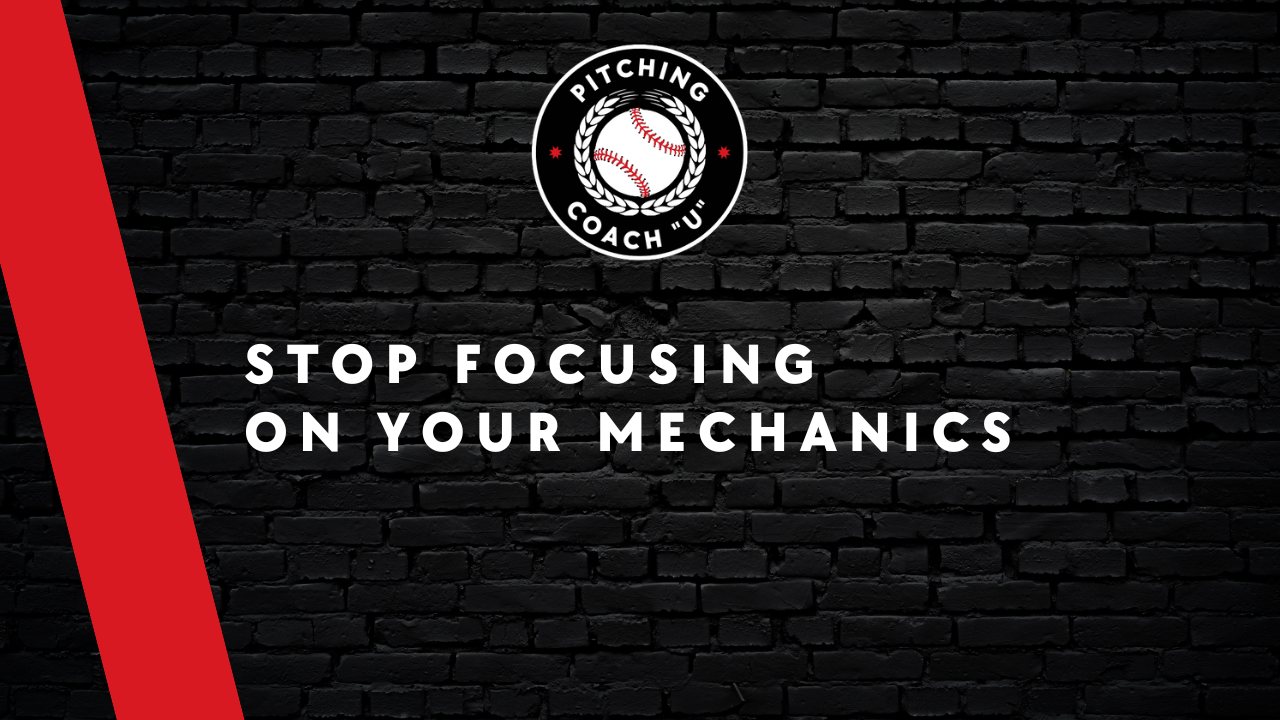
How to Create a Pitcher Development Plan from Scratch
Aug 05, 2024

TMVP #022: My Baseball Journey: Jared Gaynor
In this episode, I walk through my entire baseball journey from high school to where I am now.
You can listen on:
Todays newsletter is sponsored by:
Grady's Pitching School provides high-quality and durable pitching training and development tools.
You can order your plyo weighted ball training set here, or if you prefer plyos with seams, sets are available here.
Coaches, teams, and facilities can now order directly at a discounted price.
Open the order form here to order plyos, resistance bands, 9-hole pitching targets, and genuine leather practice baseballs.
If you would like to watch the video version of this newsletter, click here.
Every player wants to improve their game. But not every player has a plan or knows how to develop one.
Today, I want to walk you through how to create a plan step-by-step.
The first thing we have to do is create categories for development. I have 4 I generally use.
1. Mechanical
2. Pitch Development
3. Execution
4. CRG (control running game) and Mental
Let's breakdown each one.
1. Mechanical
When setting a mechanical goal, it's nice when you can get mocap data, but it isn't a must.
The important thing is to choose a goal that will have the biggest impact on the rest of the delivery.
I generally like to start with the beginning of the delivery and work my way to release when choosing a goal.
This is why often times, the back leg and loading pattern are goals for players. When you improve that, you can expect a positive affect downstream.
When possible, be as specific and objective as you can with goals. When you have data it's obviously much easier to be objective.
Once you decide what the goal is, it is then time to build a drill package and plan around that.
Let's use the example of a player that needs to improve his back leg load and hinge pattern.
Drill ideas could be:
• Step backs
• 1-leg hop
• Depth drop throw
You also want to make sure you are attacking this in the player's warm up, movement prep, and the weight room.
2. Pitch Development
This would include the velocity or movement of a pitch.
If the goal is velocity based, a radar gun will suffice to measure progress, but if it is a movement goal, a TrackMan unit would be ideal.
Once again, we want to choose a goal that is going to have a positive impact on multiple things.
If you throw below average velocity, a velo goal makes sense because not only will it make your fastball better, but your off-speed as well.
Deciding what movement goal you should have or which pitch to improve can be a little more complex.
You want to choose a pitch to add or improve that pairs with the rest of your arsenal.
Example:
If you are a sinker ball pitcher and have a small slider, but are struggling to get swing and miss against righties, you might want to add a sweeper to increase swing and miss.
Be as specific as you can with what the movement goal is.
3. Execution
This should be a process goal that impacts a major stat like strikeout rate or walk rate.
Examples:
• First pitch strikes
• Early and ahead
• In zone rate for a specific pitch
• Locating in a specific part of the zone
This goal needs to be objective.
Example:
Let's say you have a walk issue and find that the fastball is the main culprit.
The goal should be built around increasing in zone % (or strike rate if you don't have IZ%) with the fastball.
Be sure to make the goal realistic. If he is currently at a 50% strike rate, the goal shouldn't be 65%. Start with the goal being 55% and work your way up.
4. CRG and Mental
While these are separate categories I put them as one because players don't always need a CRG goal.
A CRG goal could be to improve their pickoff move or to be quicker to home with runners on.
Examples of improving the mental side could be:
• Developing pre-pitch routine (or being more consistent with it)
• Having a post-game review process
• Developing reset technique
This is naturally more subjective, but is without a doubt one of the most important things.
Bringing it All Together
You now should have 3-4 goals (not every player will need a goal for each category) with a plan in place to improve them.
Click here to see an example plan.
That's all for today!
See you next week.
Whenever you are ready, there are 3 ways I can help you:
1. Remote Training: a personalized throwing and lifting program built for you and your goals.
2. In-Person Training: Work with me in Phoenix, Arizona. Personalized training program to help you reach your goals. Trackman and edgertronic for bullpen sessions.
3. Pitch Design "U" Course: A complete blueprint for developing nasty pitches and optimizing how you use your stuff. 3+ hours of easy to follow video lessons.
Pitching Coach "U"
The Monday Mound Visit
Teaching coaches how to develop the complete pitcher. Actionable advice delivered to your inbox every Monday.



